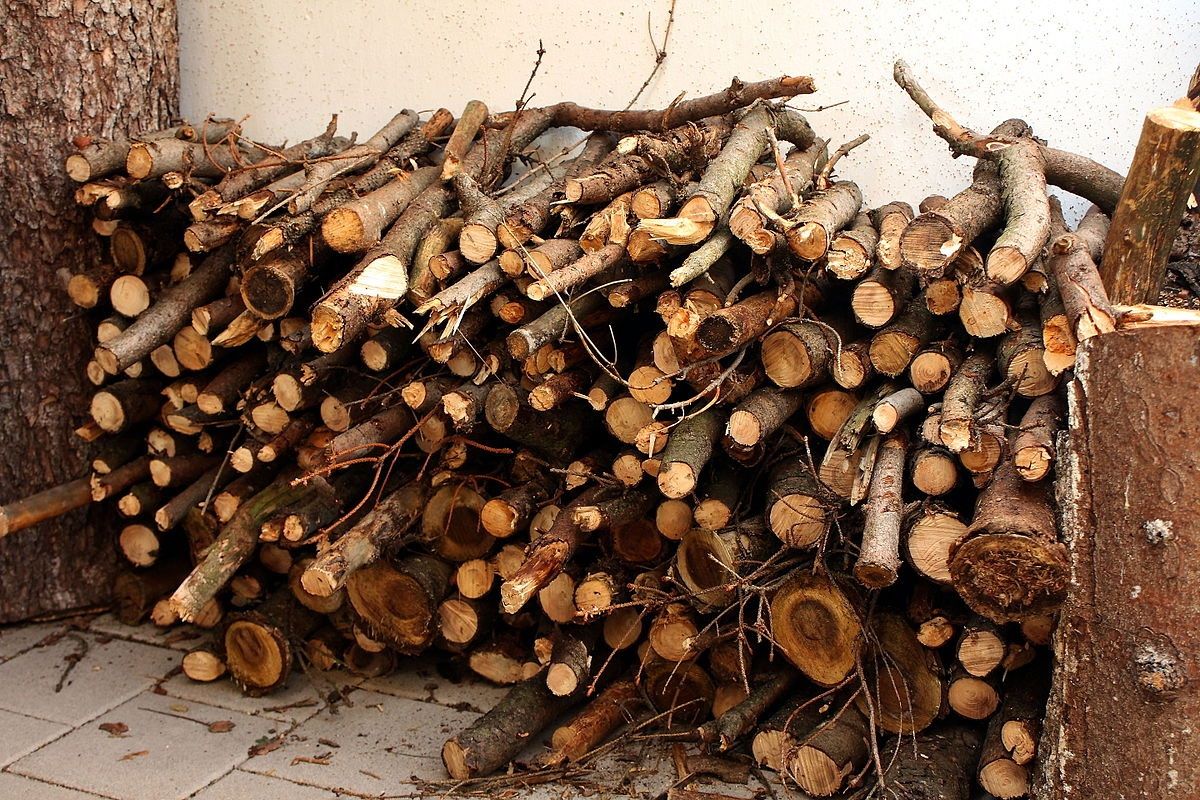

Articles
How To Store Firewood
Modified: January 5, 2024
Learn how to store firewood properly with our informative articles. Get tips on stacking, covering, and maintaining firewood for a cozy and efficient fire.
(Many of the links in this article redirect to a specific reviewed product. Your purchase of these products through affiliate links helps to generate commission for Storables.com, at no extra cost. Learn more)
Introduction
Storing firewood properly is essential for ensuring that it remains dry and ready to use when you need it. Whether you rely on firewood for heating your home or just enjoy cozy fire pits and fireplaces, proper firewood storage is crucial for maintaining its quality and effectiveness. In this article, we will guide you through the process of storing firewood, from choosing the right location to covering and protecting it from the elements.
Having a good storage system in place not only helps to keep your firewood dry but also prevents pests and allows for proper airflow. By following the tips and guidelines provided, you can extend the lifespan of your firewood and ensure that it burns efficiently, providing warmth and ambiance during those chilly evenings.
So, let’s dive into the world of firewood storage and discover the best practices to keep your stockpile of logs in top condition!
Key Takeaways:
- Proper firewood storage is crucial for maintaining quality and effectiveness. Choose the right location, prepare the storage area, and stack the firewood correctly to ensure it remains dry and ready to use.
- Covering the woodpile, protecting against pests, and maintaining good airflow are essential for prolonging the lifespan of your firewood. Allow the firewood to properly season and implement regular inspections to preserve its quality.
Read more: How To Store Firewood Indoors
Choosing the Right Location
When it comes to storing firewood, the first step is to select the right location for your storage area. Here are some important factors to consider:
- Accessibility: Choose a location that is easily accessible. You don’t want to trek through snow or mud every time you need to grab a log.
- Proximity to your home: It’s convenient to have your firewood storage area close to your house. This way, you won’t have to travel a long distance to replenish your indoor firewood supply.
- Away from structures: Ensure that your firewood storage area is located at a safe distance from structures like your home, garage, or other buildings. This is important to minimize the risk of potential fire hazards.
- Level ground: Select a spot with level ground to provide a stable foundation for stacking the firewood. Uneven ground can cause the woodpile to shift or collapse.
- Sun exposure: Opt for a location with ample sunlight. Sunlight helps to dry out the firewood and prevent the growth of mold and fungi.
- Good air circulation: Choose an area that allows for good airflow. Proper ventilation helps to prevent moisture buildup, which can lead to rotting and insect infestation.
By considering these factors, you will be able to select an ideal location for your firewood storage area. Remember, the right location sets the foundation for proper firewood storage and ensures that your wood stays dry and ready to burn.
Preparing the Storage Area
Now that you have chosen the perfect location for your firewood storage, it’s time to prepare the area before you start stacking the wood. Here are some essential steps to follow:
- Clear the space: Remove any debris, vegetation, or obstructions in the chosen area. This will provide a clean and organized space for your firewood.
- Create a base: Lay down a layer of gravel, pallets, or pressure-treated lumber to create a raised and level platform. This helps to prevent direct contact between the firewood and the ground, minimizing moisture absorption and rotting.
- Use a cover: Consider placing a moisture barrier on the base to prevent ground moisture from seeping into the firewood. You can use plastic sheets, tarpaulins, or specialized firewood storage covers for this purpose.
- Ensure proper drainage: If your chosen location is prone to pooling water, it’s important to address the issue. You can create a slight slope or use French drains to direct water away from the storage area.
- Leave space around the pile: Allow for a few inches of space between the firewood pile and any adjacent structures, such as walls or fences. This promotes proper airflow and prevents moisture buildup.
- Consider shelving: If you have enough space and want to elevate the firewood off the ground completely, you can build or purchase firewood storage shelves or racks. These provide excellent ventilation and make it easier to access and organize your firewood supply.
By following these steps, you ensure that the storage area is prepared to keep your firewood dry, well-ventilated, and protected from ground moisture. Taking the time to properly prepare the storage area will pay off in the long run by maintaining the quality and usability of your firewood supply.
Stacking and Storing Firewood
Now that your storage area is prepared, it’s time to start stacking and storing your firewood. Proper stacking techniques not only maximize the amount of firewood you can store in a given space but also promote good airflow. Here are some tips to ensure effective stacking:
- Choose the right size: Cut your firewood into lengths that are manageable and fit well within your storage area. A typical length is around 16 to 18 inches.
- Stack wood in a straight line: Start by creating a stable base by stacking wood in a straight line. Place the logs parallel to each other with minimal gaps between them.
- Create alternating layers: As you stack the wood higher, alternate the direction of the logs. This crisscross pattern adds stability to the stack and allows for better airflow.
- Leave space between the logs: Leave gaps between the logs to promote airflow. This helps to dry out any residual moisture and prevent the growth of fungi.
- Keep the stack level: Ensure that the stack remains straight and level as you build it. This ensures stability and prevents the woodpile from collapsing.
- Stack smaller pieces on top: If you have smaller pieces or kindling, stack them on top of the main woodpile. This keeps them separate and easily accessible when you need them for starting a fire.
When storing firewood, it’s crucial to remember that it needs time to season or dry out. Freshly cut wood can contain a high moisture content, which makes it difficult to burn efficiently. Therefore, it’s recommended to store firewood for at least six months to a year before using it.
By following these stacking techniques and allowing your firewood to properly season, you will have a well-organized woodpile that is ready to provide warmth and comfort on those cold winter nights.
Store firewood off the ground and away from your home to prevent pests and moisture. Stack it in a crisscross pattern to allow for air circulation and cover the top to protect it from rain and snow.
Covering and Protecting Firewood
One of the key factors in ensuring the longevity and quality of your firewood is protecting it from the elements. Here are some important steps to consider when covering and protecting your firewood:
- Use a waterproof cover: Invest in a high-quality waterproof cover to protect your firewood from rain, snow, and other forms of moisture. Make sure the cover is large enough to adequately cover the entire woodpile and secure it tightly.
- Elevate the cover: Use cords or bungee straps to secure the cover and create a slight pitch. This allows water to run off the cover and prevents it from pooling on top of the woodpile.
- Leave the sides open: While it’s important to cover the top of the woodpile, it’s equally important to leave the sides open. This allows for proper airflow, preventing the growth of mold and fungi.
- Keep the cover in good condition: Regularly inspect the cover for any signs of wear and tear. Replace it if necessary to ensure the woodpile remains protected at all times.
- Verify proper ventilation: Check for proper ventilation in the storage area. Good airflow helps to prevent excessive moisture buildup and reduces the risk of wood rot and pest infestations.
- Protect against pests: Use insect repellents or natural deterrents, such as lavender or cedar chips, around the perimeter of the storage area. This helps to keep pests, such as termites or ants, away from your firewood.
Remember that covering your firewood is a critical step in protecting it from the elements. Even if you have stored your firewood properly, exposure to moisture can still decrease its quality and burnability. By using a waterproof cover and following the above guidelines, you can ensure that your firewood remains dry and ready to use.
Read more: How To Store Firewood Outdoors
Tips for Proper Firewood Storage
In addition to the steps mentioned above, here are some additional tips to ensure proper firewood storage:
- Rotate the woodpile: When adding new firewood to your storage area, make sure to place it at the back of the pile. This allows you to use older wood first, ensuring an efficient rotation and usage of your firewood supply.
- Keep the area clean: Regularly sweep or remove any debris from the storage area. This helps to prevent pests and keeps your firewood clean and free from dirt or mold.
- Monitor moisture levels: Use a moisture meter to periodically check the moisture content of your firewood. The optimal moisture level for seasoned firewood is below 20%. If the wood is too damp, consider using a dehumidifier or placing it in a covered and well-ventilated area to dry out further.
- Don’t overstack the woodpile: Avoid overstacking your firewood pile, as it can lead to instability and collapses. It’s better to have multiple smaller stacks or shelves to ensure stability and ease of access.
- Consider firewood racks: Investing in firewood racks or shelves can provide excellent organization and airflow for your firewood supply. Racks also help to keep the wood off the ground and prevent moisture absorption.
- Store kindling separately: Keep your kindling or small pieces of wood separate from the main woodpile. Store them in a separate container or small stack for easy access when starting a fire.
- Regularly inspect for pests: Keep an eye out for signs of pests, such as termites, ants, or rodents. If you notice any infestation, take immediate action to prevent further damage to your firewood and storage area.
- Maintain good airflow: Ensure that you have adequate ventilation in the storage area. Proper airflow helps to prevent mold growth, reduce moisture buildup, and promote the drying of the firewood.
By following these tips, you will maintain a well-organized and high-quality firewood supply that is ready to provide warmth and comfort whenever you need it.
Conclusion
Proper firewood storage is essential for maintaining the quality and effectiveness of your firewood supply. By following the guidelines and tips outlined in this article, you can ensure that your firewood remains dry, well-ventilated, and protected from the elements.
Choosing the right location, preparing the storage area, and stacking the firewood correctly are the initial steps to create a solid foundation for proper firewood storage. Additionally, covering the woodpile with a waterproof cover, protecting against pests, and maintaining good airflow are essential for prolonging the lifespan of your firewood and ensuring it is ready to use when needed.
Remember to allow your firewood to properly season or dry out before using it. Freshly cut wood contains high moisture content which makes it difficult to burn efficiently. By storing firewood for at least six months to a year, you ensure that it is seasoned and ready to provide warmth and comfort in your home.
Regular inspections, monitoring moisture levels, and maintaining a clean storage area are crucial for preserving the quality of your firewood. Additionally, considering the use of firewood racks or shelves and storing kindling separately can enhance organization and accessibility.
By implementing these practices, you are taking the necessary steps to protect your firewood investment and ensure that it continues to provide you with a reliable source of heat and enjoyment.
So, take the time to follow these guidelines and enjoy the benefits of properly stored firewood – cozy fires, warm ambiance, and peace of mind knowing that you have a well-preserved supply ready for any chilly night.
Frequently Asked Questions about How To Store Firewood
Was this page helpful?
At Storables.com, we guarantee accurate and reliable information. Our content, validated by Expert Board Contributors, is crafted following stringent Editorial Policies. We're committed to providing you with well-researched, expert-backed insights for all your informational needs.
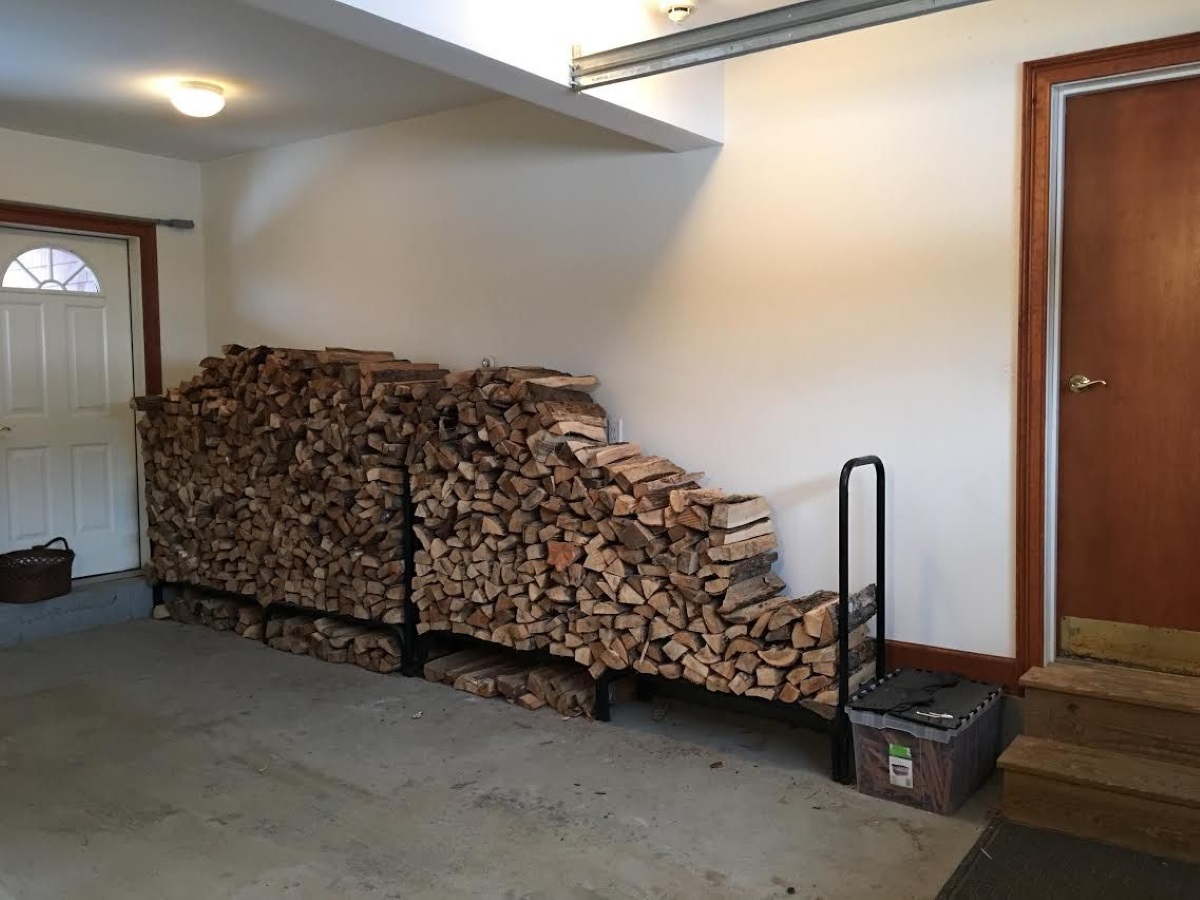
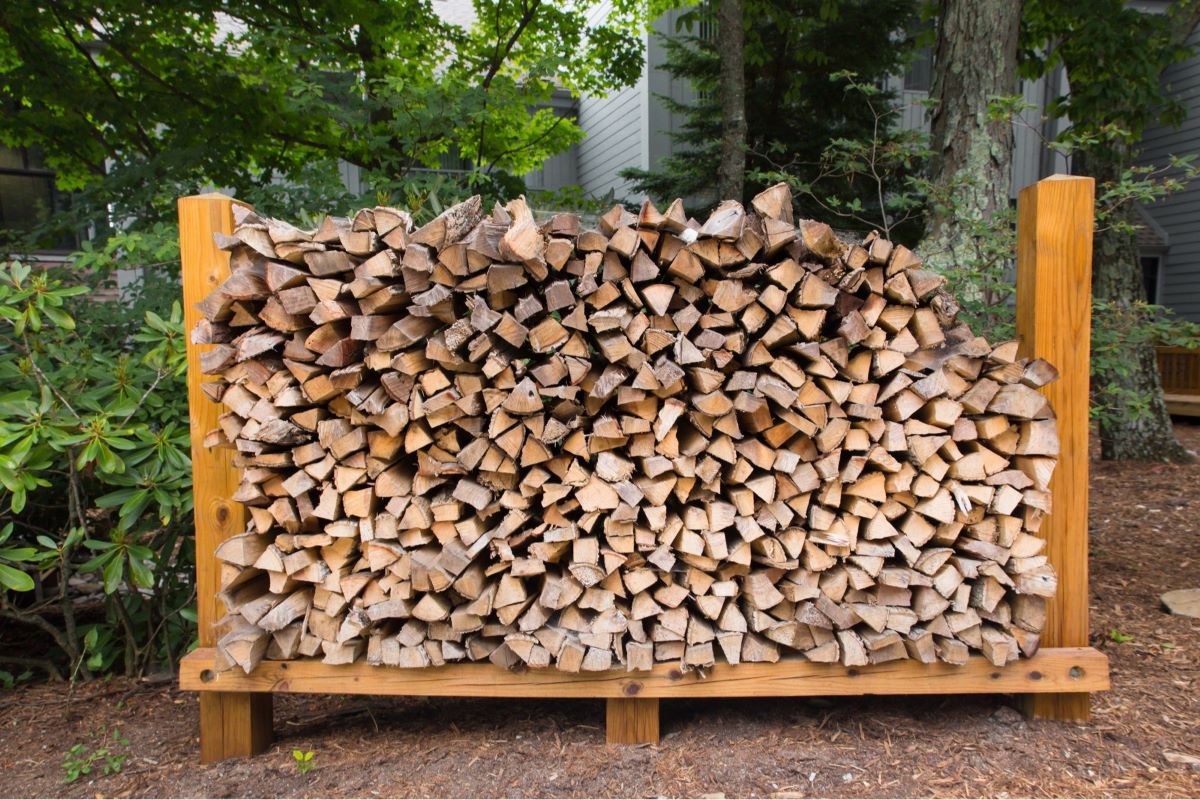
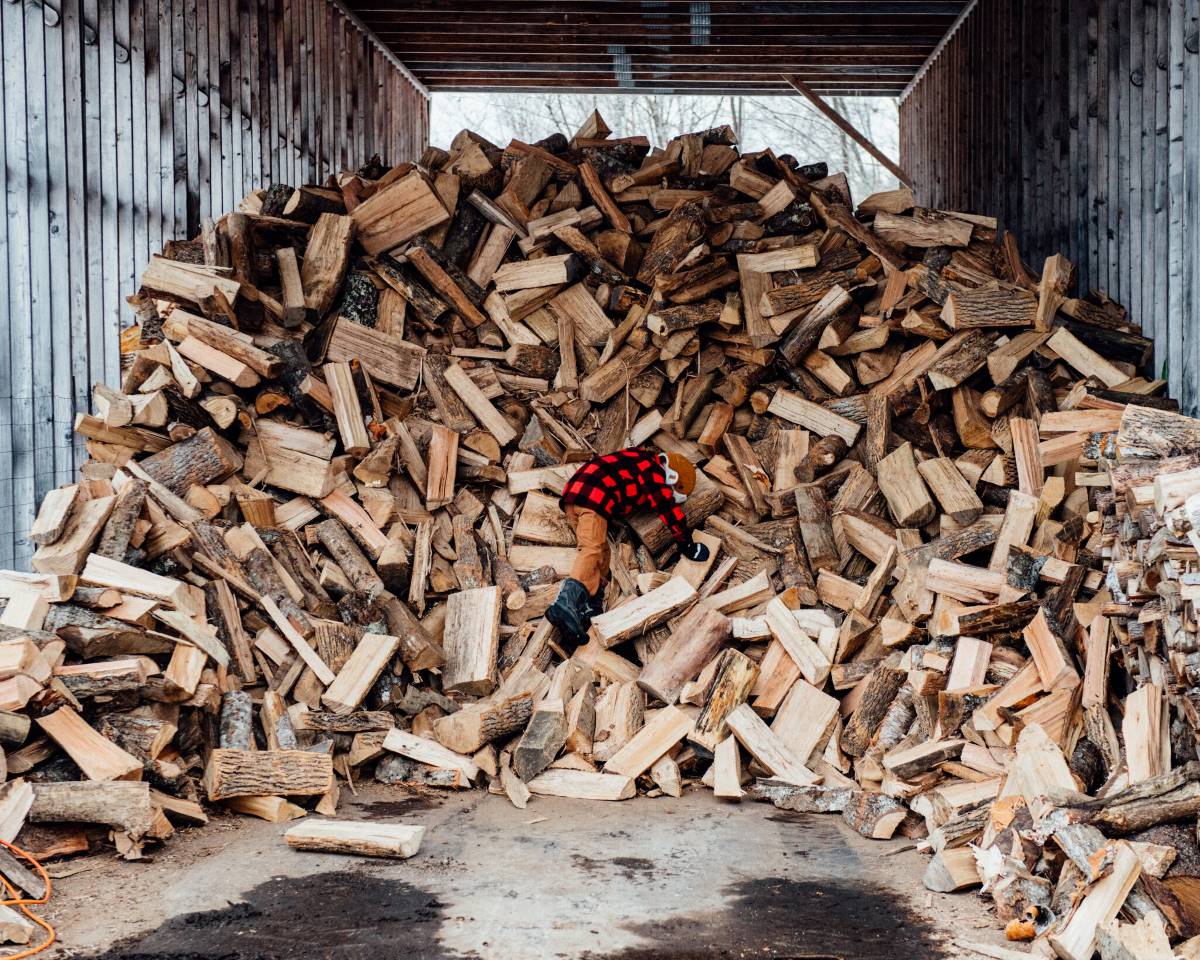
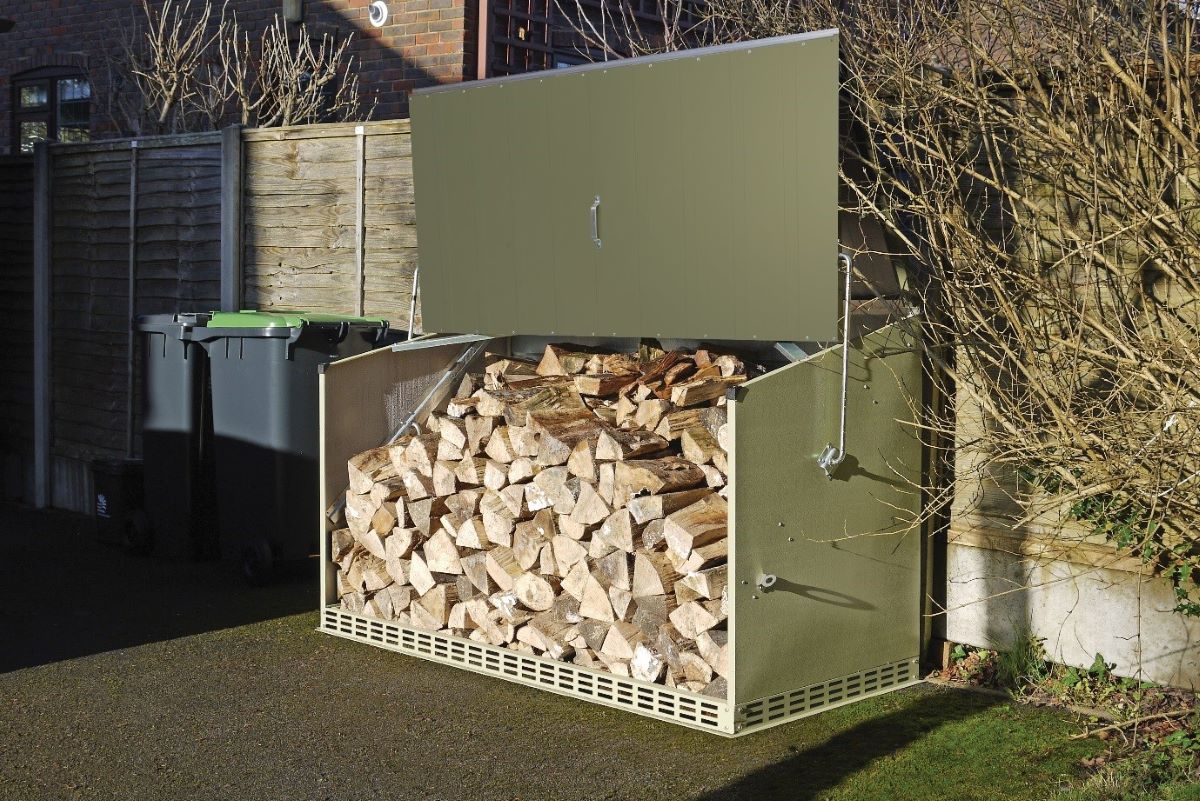
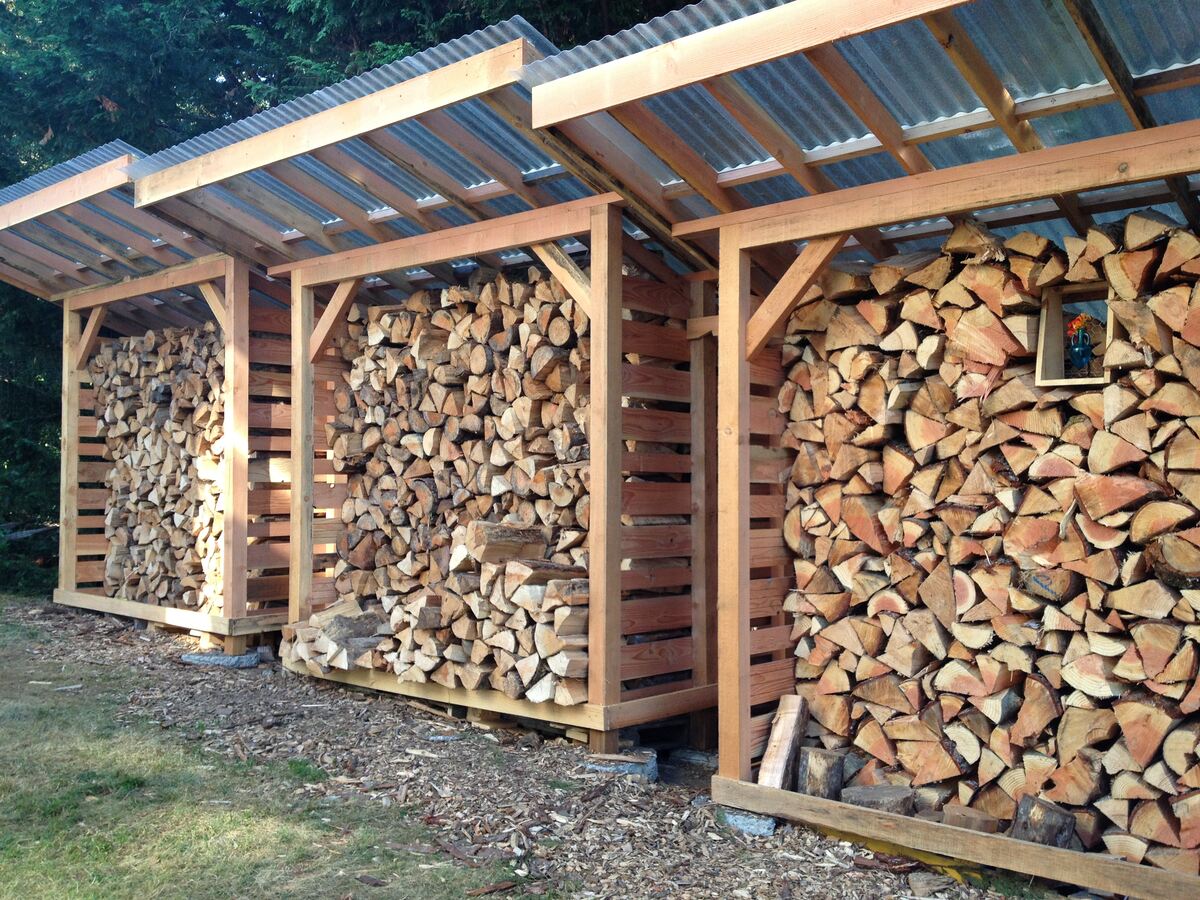
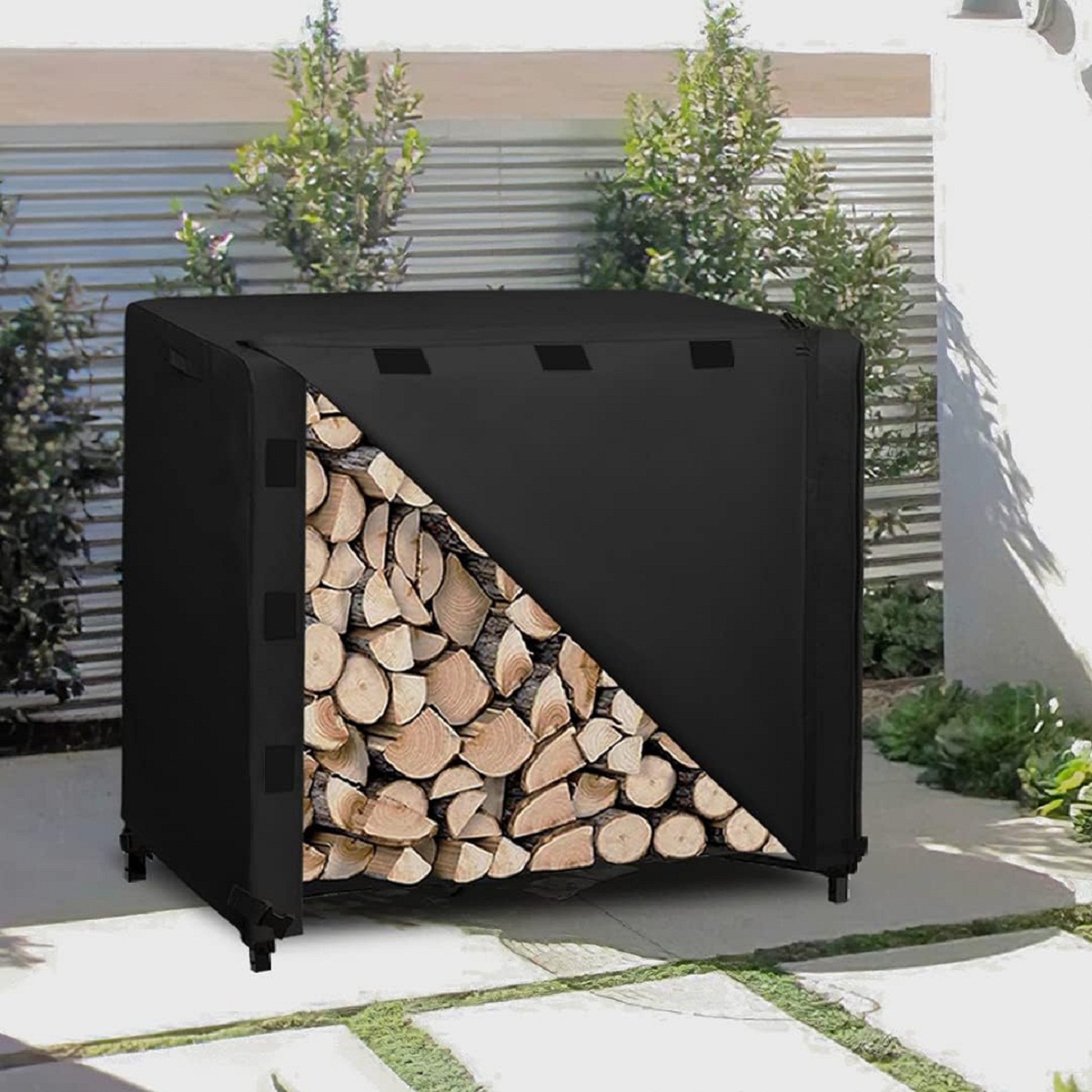
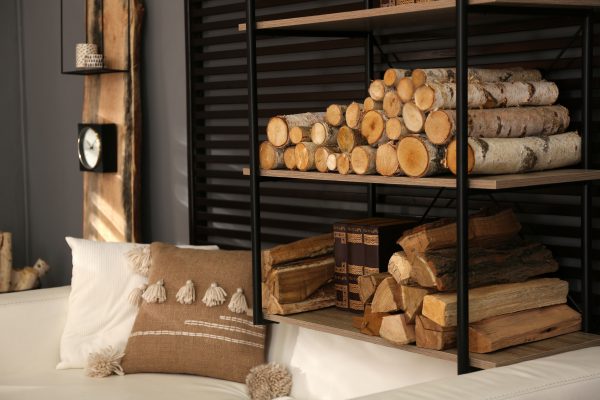





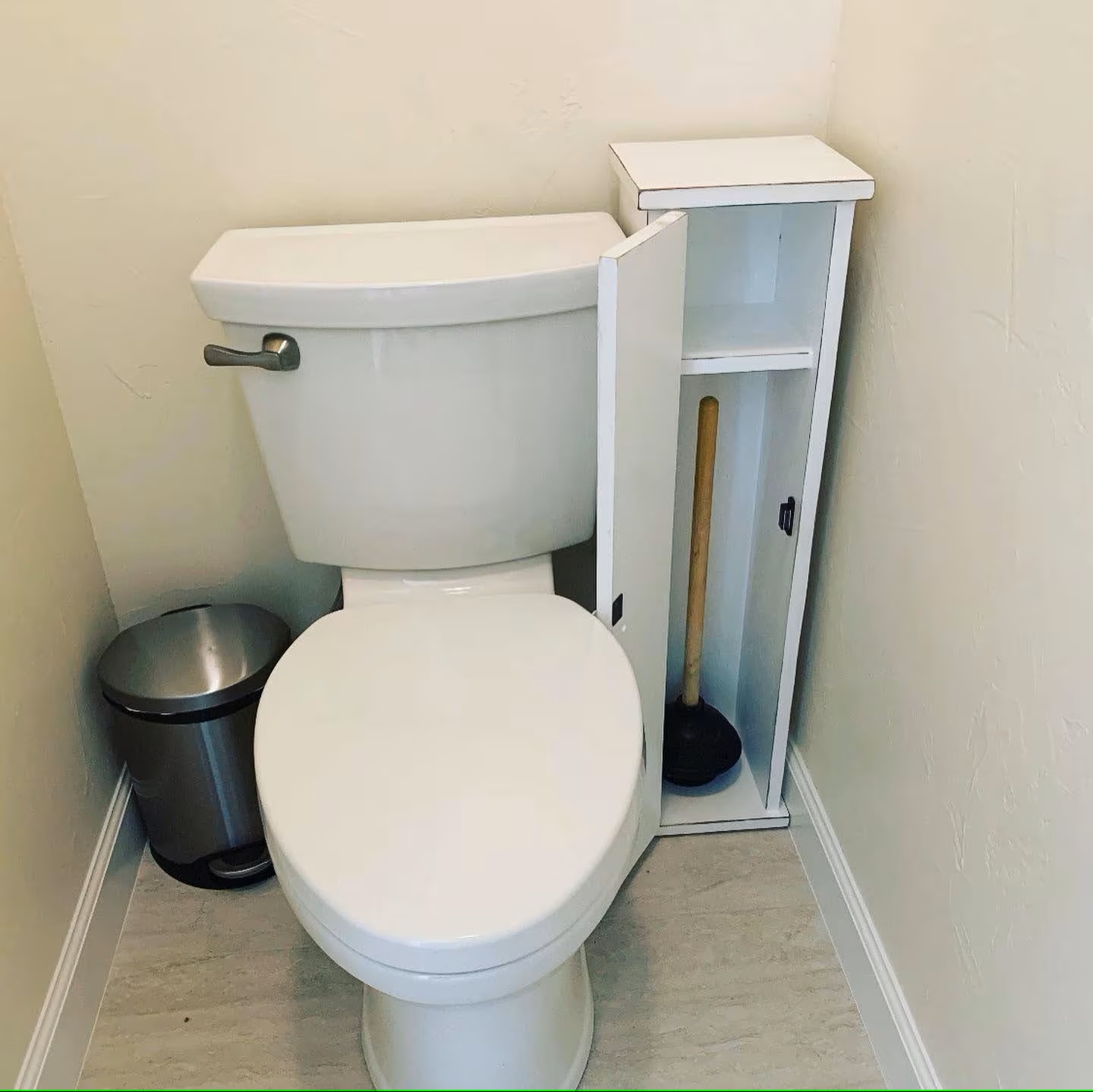


0 thoughts on “How To Store Firewood”